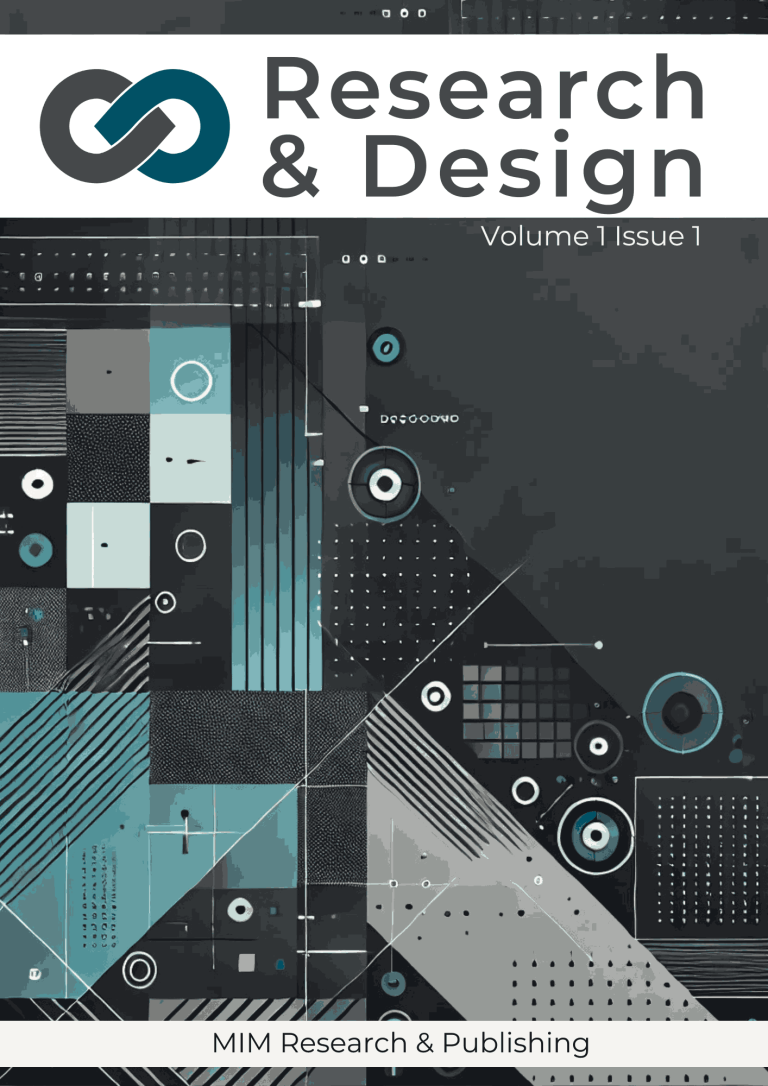Concrete paradox: Economic importance, environmental impacts, and the sustainability of concrete material
Concrete is the most consumed man-made material on Earth, with global production exceeding 30 billion metric tons annually. This article critically examines the economic significance, functional advantages, environmental costs, and sustainability strategies surrounding concrete. While the concrete industry generates over USD 500 billion in annual revenue and supports 13+ million jobs, it is also responsible for approximately 7–8% of global CO₂ emissions, largely due to the cement production process. The paper evaluates the historical trajectory of concrete, assesses technological innovations such as supplementary cementitious materials, carbon capture, and geopolymer binders, and reviews the feasibility of alternative materials like engineered timber, rammed earth, and bamboo. a life-cycle and function-based comparative assessment is presented to determine when concrete use is economically and structurally justified and when substitution or reduction is environmentally preferable. The article concludes with policy recommendations to align concrete use with global climate targets, emphasizing a function-driven, lifecycle-conscious approach to material selection. The article concludes that concrete is not inherently unsustainable, but it must be used strategically and responsibly, as the sustainability of future generations will be affected by the material choices we make today.
Ozmen HB, Tanrıverdi B. Concrete paradox: Economic importance, environmental impacts, and the sustainability of concrete material, Res. Des. 2025; 2(2): 66-84. DOI: http://dx.doi.org/10.17515/rede2025-008en0801rs
